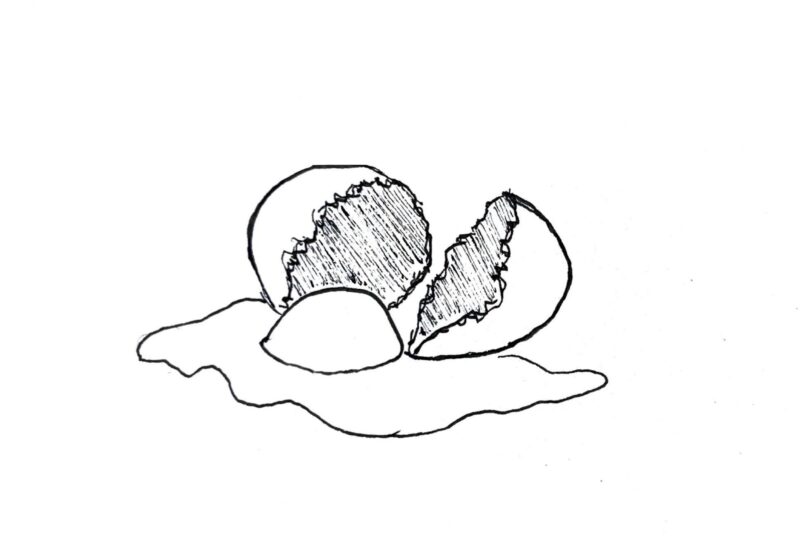Shirley Jackson is one of America’s great contemporary writers, responsible for works such as “The Lottery” and “The Haunting of Hill House.” While she completed her bachelor’s in journalism at Syracuse University, Jackson started undergrad at UR. While not enough to add her to Wikipedia’s notable alum, Jackson’s time at UR was significant and depressing enough to inspire many elements of her novel, “Hangsaman.”
There’s a little more to the story about Jackson’s time at UR, but not much made it onto a permanent record.
Part of that story is Jackson’s tumultuous family life. Born into an affluent family, Jackson’s not a Rochester native — she moved here from San Francisco her senior year of high school. Jackson then attended UR for two years until she was asked to leave by administration due to her poor academic performance.
She had a tense relationship with her parents, especially her mother, who wanted Jackson to interact with and present herself traditionally to the socialite crowd. Jackson, the black sheep to her mother’s glorification of social standing, did not fit this mold, which put a consistent strain on their relationship.
Because of their cultural differences, Jackson’s parents encouraged her to attend UR to keep an eye on her. During Jackson’s time at UR, she lived under the shadow of her parents and the weight of a stormy relationship.
Jackson was severely depressed while attending UR. While the specific courses have been lost to time, she had an interest in law, journalism, and literature.
“The Meliora,” one of UR’s literary magazines, features some of Jackson’s earliest publications. A mystifying three-paragraph vignette written by Jackson describing the end of a violin recital was published in 1935 and is possibly Jackson’s first published work.
UR asked Jackson to leave by the end of her sophomore year. Jackson spent a year writing and developing her craft. In an act of defiance, Jackson then attended Syracuse University, at last escaping her parents.
In addition to her time at UR, “Hangsaman” draws from a true story about a female student who disappeared in 1946 at Bennington College, where Jackson’s husband worked. “Hangsaman” is about a female college student dealing with madness during her freshman year at a liberal arts college.
The main character, Natalie Waite, has a troubled and difficult relationship with her father and depressed mother. Natalie wants to escape her home, which is a driving reason for her attendance at college. Natalie deals with depression, disillusionment, and loneliness, and toward the end of the book contemplates suicide.
Jackson’s time at UR is not a happy story, and her life was complicated, but her contribution to American literature in the mid-1900s, especially to Gothic literature, is substantial. Jackson once dwelled on UR’s campus, traversing the rough seas present in her life, and turned to writing to navigate her feelings and relationships.





